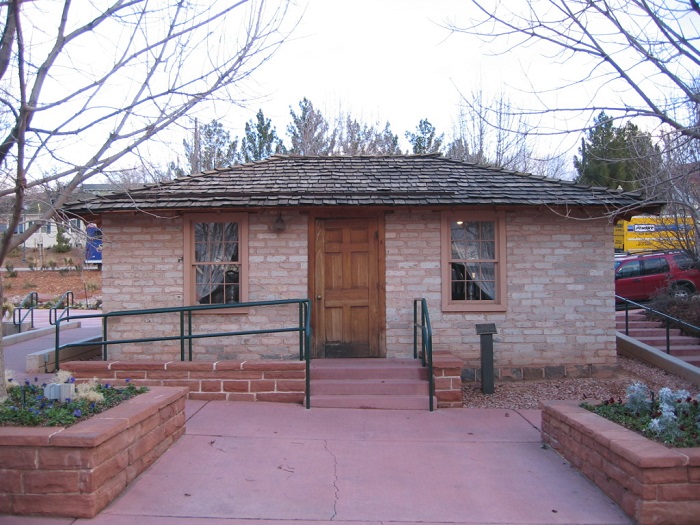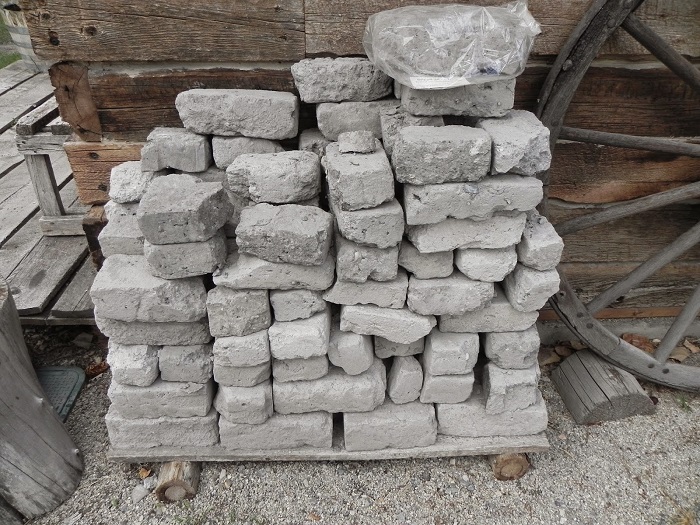
Salt Lake Valley is home to a punctuated and heterogeneous clash of architecture. Its booming expansion rendered a diversified display of structural and cultural evolution. I was born and raised in Utah since 88’—and in this short time, I have seen the rise and urbanization of Riverton, the Jordans, Bluffdale, Sandy, Draper, pushing westward into Daybreak, and overtaking Herriman by storm in the early 2000s.
Despite this hasty urban expanse into every crevice of the Valley, which led to Utah’s infamous road construction and public transit developments, many Utahns often overlook the humble beginnings that started all this developmental madness. The foundation of our Beehive State: modest homes built using the easily manufactured, heat retaining, Adobe brick.
From 1850–1897, Salt Lake’s commerce was blooming. Saloons were bustling, businesses were being constructed; and homes were built with Adobe brick.
But what is adobe brick?
Also known as mudbricks, adobe refers to composite bricks comprised of earthly organic materials such as mud, clay, dung, straw, or even sand and silts. The mucky mix used to make this humble building block would be pressed into wooden frames and then allowed to dry in the sun. The result is a substantially hard building block, capable of load-bearing weight, which is an affordable, effective way to construct walls.
But weren’t most of Utah’s houses built with timber?
Wood was a highly valued commodity during the 1880s—it simply wasn’t accessible enough to warrant being used for construction purposes. Timber was utilized primarily for agricultural endeavors, fences, sheds, and barns for livestock. The logistics surrounding the transportation of timber from the higher elevations of the Wasatch Mountains made it more challenging and more dangerous than it was worth to retrieve large quantities.
While adobe-brick structures have been used in construction dating back over 4000 years, many of these structures still remain, and are, in fact, some of the strongest buildings still standing. Humans have used their own versions of adobe mixtures for structures on nearly every continent throughout history.
My curiosity about Adobe brick and the foundation of our State led me to discover the book, A Modest Homestead, by author Laurie J. Bryant. She details a thorough and robust piece of literature providing some of the most extraordinary nuances in Utah’s history.
“Today only 194 adobe buildings remain of the thousands that once existed. These few offer an opportunity to examine how a primitive material was seized upon and then discarded by people of the Industrial Age, and how adobe, once hailed by George A. Smith as ‘the best way of building’ came to represent the underclass.”
Adobe homes are still standing among us in Utah—regardless of their small numbers—and serve as a staunch and curious piece of history; a look into the humble beginnings of our Valley, and are a testament to the ingenuity that spurred the industrial explosion into what we know today as The Greater Salt Lake area.





